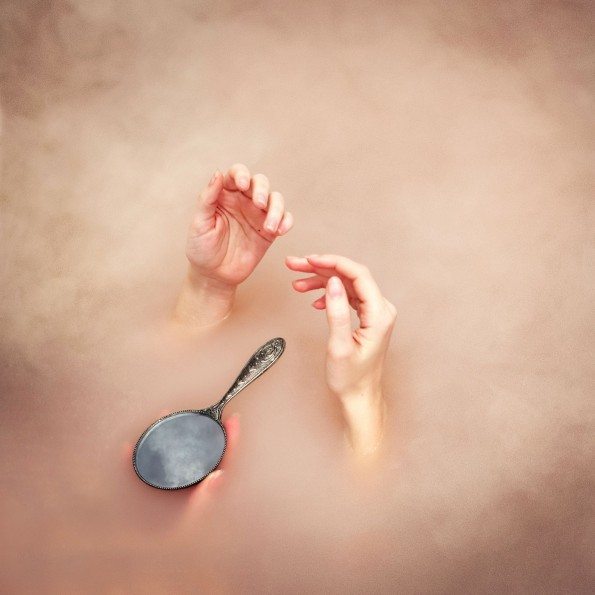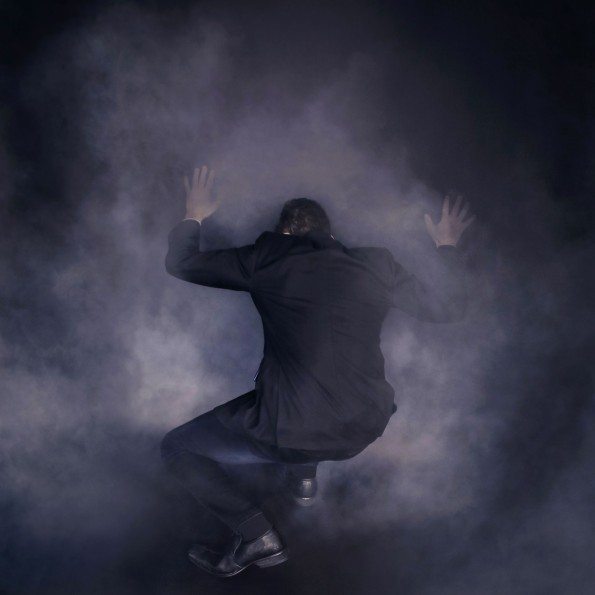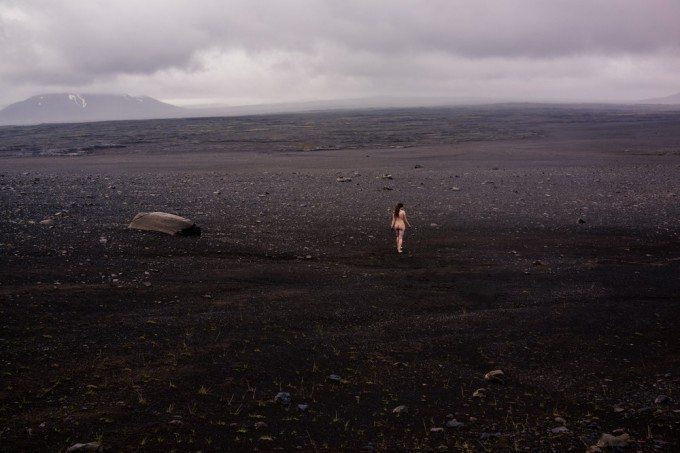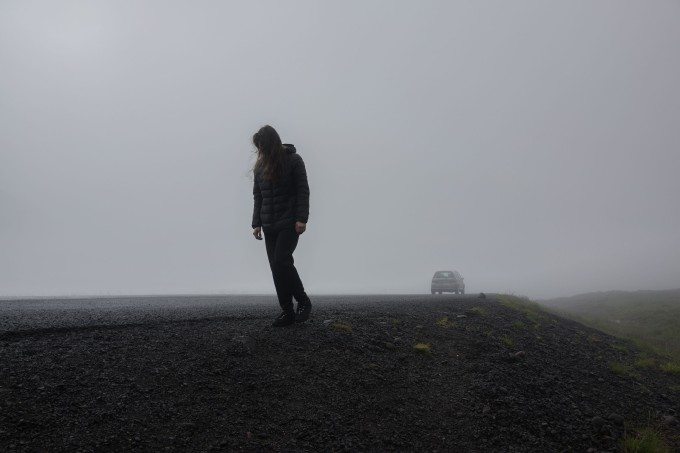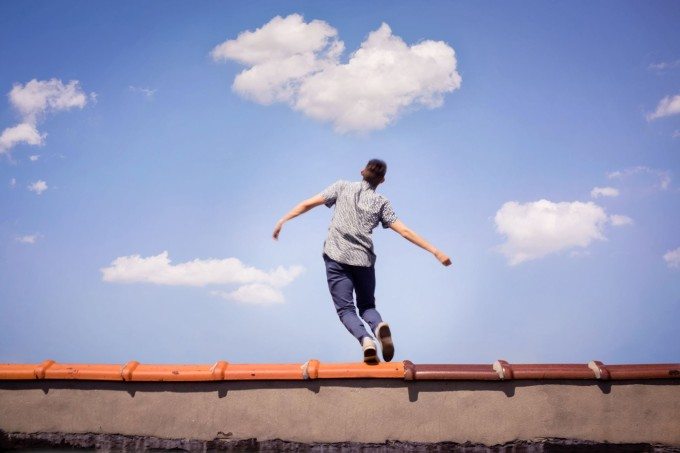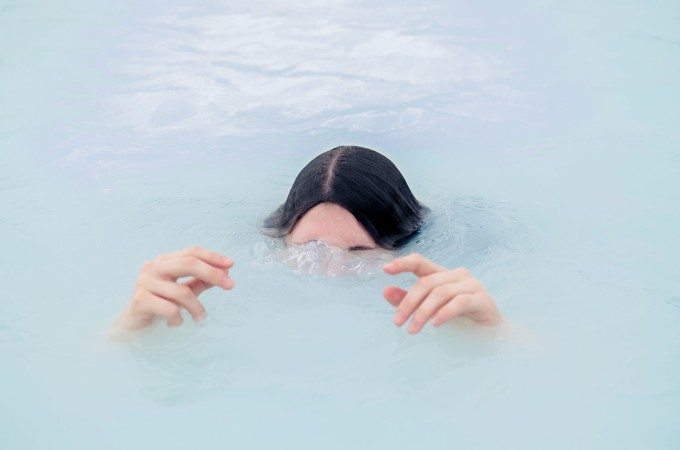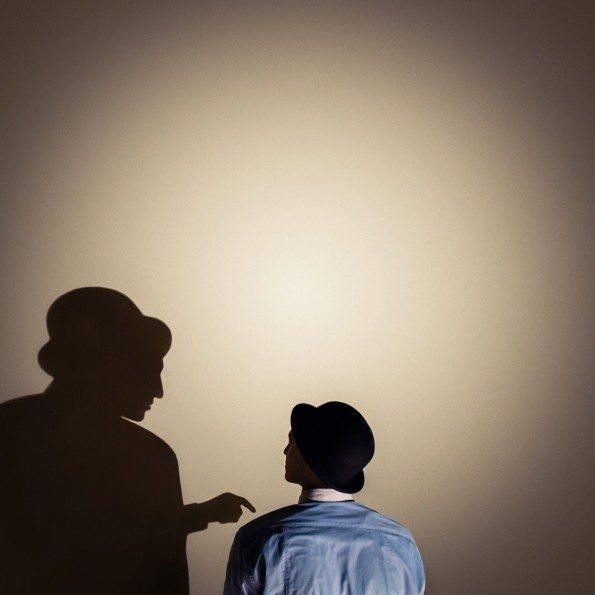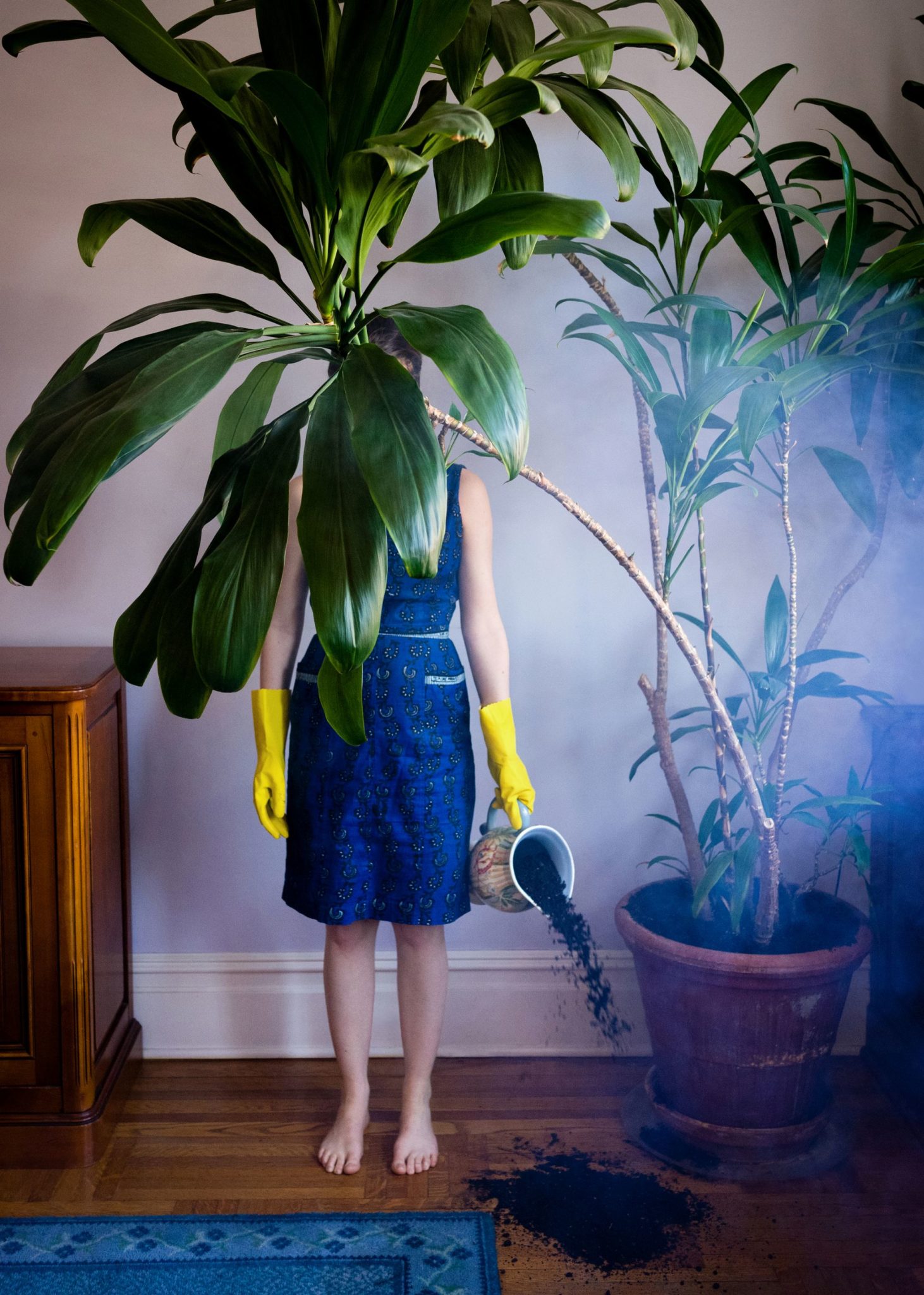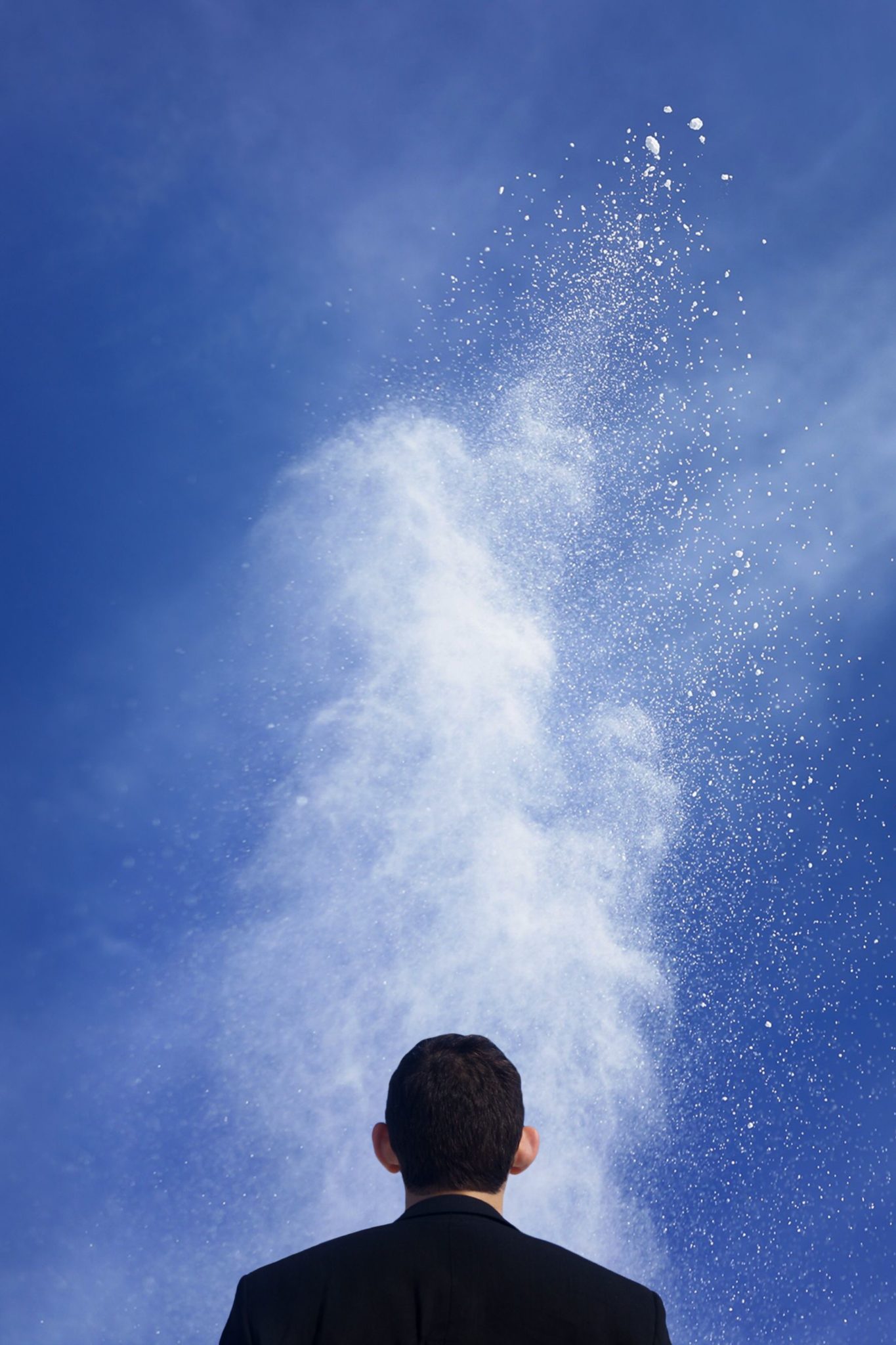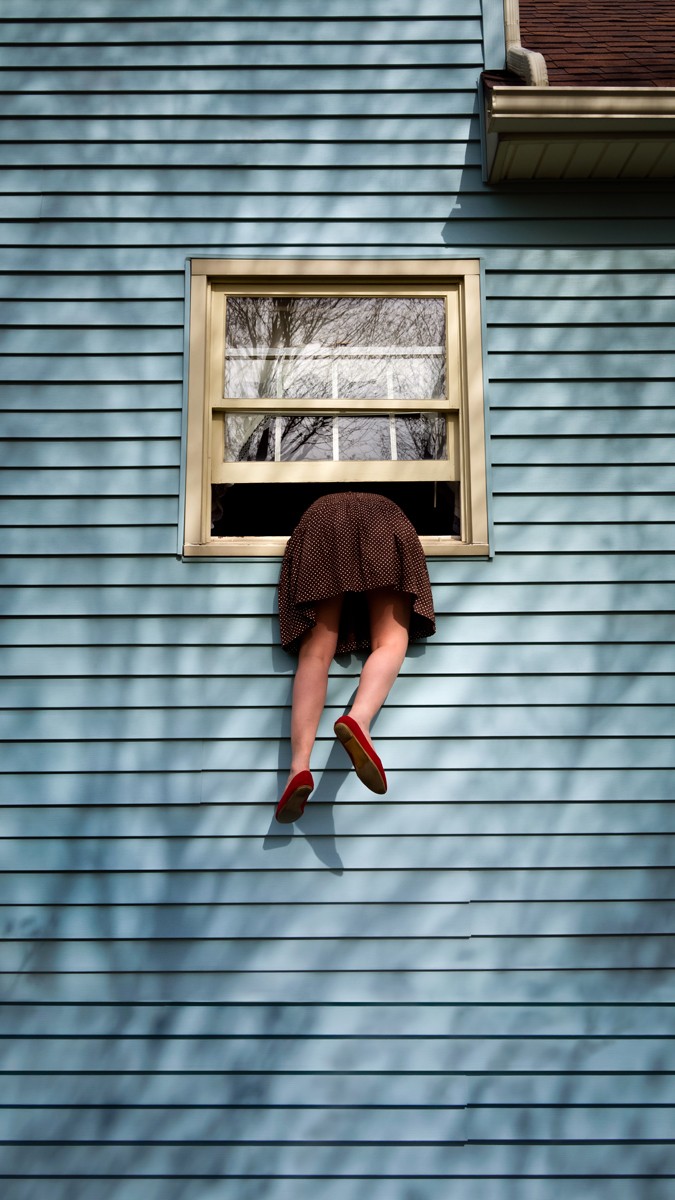Last Updated on 04/04/2017 by Chris Gampat
All images by Brooke DiDonato. Used with permission
“I fell into this type of photography unexpectedly.” says Brooklyn based photographer Brooke DiDonato about her surreal art photos. “I actually studied photojournalism in school so I was formally trained to work for a news outlet. And although I clearly veered off the traditional journalism path, these guidelines are still invaluable to the type of work I do now.” Ms. DiDonato’s background in photojournalism taught her the power of visual storytelling–which then translates into her surreal work. “It showed me how photographs like ‘Napalm Girl’ by Pulitzer Prize winner Nick Ut could change the way we see the world.”
“So I started using my camera as a tool to shed light on these stories by creating a body of work that walks the boundary between fact and fiction. These images depict real narratives about vulnerability, instability and self-destruction fused with dream-like visual qualities.”
Brooke totes around a Sony RX1 point and shoot for lots of her work because she’s warmed up to its compact size and light weight coupled with the image quality it can produce. But when she’s in the studio, she works with her Nikon D7000 and strobes. When you combine this with her background, you can figure out that the intent of her work is greatly influenced by the background in photojournalism and sociology that Brooke has cultivated. “I love the idea of human connection through a photograph: creating a sense of empathy or suspense between the audience and the characters in each image.” explains Brooke. “With that in mind, I’m constantly trying to put the viewer in the middle of a moment with an implied beginning and end. Of course each photo means something personal to me, but I hope the audience can discover their own story.” Brooke continues to explain that she thinks that there is something really powerful about connecting with people through a photograph, even if it’s only for a fleeting moment.
Phoblographer: How much work really goes into the creation of one image?
Brooke: It varies. When I first moved to New York City about a year ago, I had convinced myself that I could only shoot if I had a really solid concept in mind. But this wasn’t functional, and my portfolio wasn’t growing. So I started pushing myself to create images without weeks of planning, letting the photos develop more organically. This method of trial and error has helped me grow exponentially over the past year. I think failure is such and important part of what we [photographers] do. I can’t be afraid of it.
One of my most recent images “Next-door” was created this way. I was visiting my dad in Ohio and as I was scouting for shoot locations, I noticed the way the tree branches casted these awesome shadows on his house. I stood there for a few moments imagining the potential of the scene and a possible storyline. About 10 minutes later, I was hanging out the bathroom window in a polka dot dress shooting a self-portrait. It’s enjoyable for me to work in both ways now: strategically planned and spontaneously.
Phoblographer: What are you trying to express in your scenes?
Brooke: The intent of my work is greatly influenced by my background in photojournalism and sociology. I love the idea of human connection through a photograph: creating a sense of empathy or suspense between the audience and the characters in each image. With that in mind, I’m constantly trying to put the viewer in the middle of a moment with an implied beginning and end. Of course each photo means something personal to me, but I hope the audience can discover their own story. There’s something really powerful about connecting with people through a photograph, even if it’s only for a fleeting moment.


